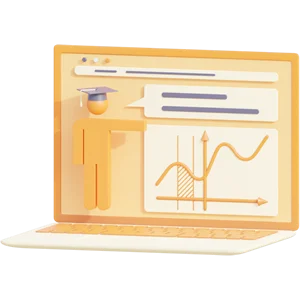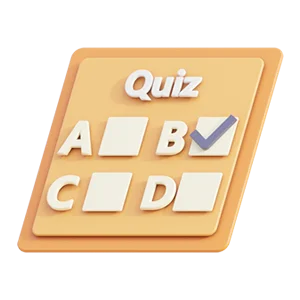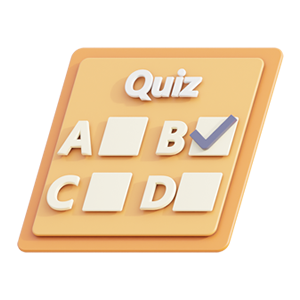UNDERSTANDING BALANCING OF REDOX EQUATIONS SIMPLY
In this lesson, we shall be discussing the step by step process on how to balance redox equation in the basic medium as taught in our schools. By the end of our discussion, you should be able compute questions on the topic above with no difficulty at all. We have dealt with balancing redox equations in acidic medium in our previous lesson and we shall apply the same technique involving basic medium. Balancing redox equations in basic medium means to have a standard basic substance in the equation. The generally accepted base indicator is the OH-.
Let’s take time to analyze the unbalanced equation below and attempt to balance it in the basic medium
MnO4 - + Cr3+ ----------- MnO2- + Cr2O72- (unbalanced equation)
We shall begin our discussions in balancing the above equation in basic medium by first realizing that the equation above consists of two sets of look-alike compounds. We have compounds, some containing Manganese (Mn) and others of chromium (Cr) elements and thus we split the lookalike compounds into what we term as half equations. These half equations are sometimes given names such as reduction and oxidation depending on what exactly is happening in each half equation.
Preview document (2 of 6 pages)
Knoowy benefits
$ 5,31
 Money back guarantee
Money back guarantee
 Documents can be downloaded immediately
Documents can be downloaded immediately
 $0.50 discount when paying with balance
$0.50 discount when paying with balance
-
 Receive free quiz questions with document
Receive free quiz questions with document

Specifications
- Subject: CHEMISTRY
- All documents for this course ›
Document
- Section: Other documents
- Made on: 12-12-2020
- Type: .pdf
- Pages: 6
- Language: English
Seller
Earn from your summaries?
 Deal: get 10% off when you purchase 3 or more items!
Deal: get 10% off when you purchase 3 or more items!
Deal: get 10% off when you purchase 3 or more items!








